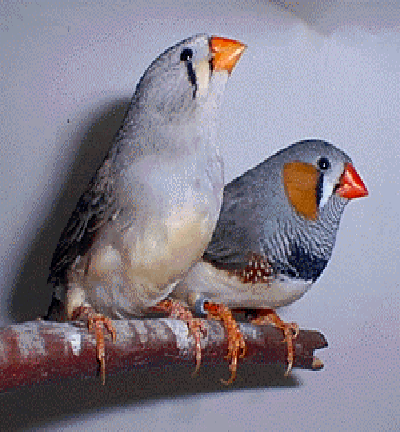
Currently, the Williams Lab uses the Zebra Finch as a model species to study the physiological mechanisms underlying reproductive performance.Various measures of physiology, including circulating levels of the two yolk precursors, vitellogenin (VTG) and very-low density lipoprotein (VLDL), and basal metabolic rate (BMR), are compared to reproductive performance traits (e.g., egg mass, clutch size, laying rate, laying interval, and egg composition) to determine the relationships between physiology and reproductive output.Various methods are used, including hormone manipulation (e.g., estradiol, follicle-stimulating hormone, corticosterone, and tamoxifen administration through injection or implantation), doubly-labeled water techniques, and radio-labeled protein administration.Using these techniques we have been able to study the individual and daily variation in yolk precursor levels throughout the laying cycle, the rate of precursor uptake into the developing follicles, the energetic-demands of egg production, the hormonal control of egg formation, and the heritability and genetic correlations between reproductive traits, and have established a technique to manipulate reproductive effort through hormone manipulation (i.e. tamoxifen).
In addition, we are using the Zebra finch as a model species to study effects of various xenobiotics (e.g. endocrine mimics, mixtures of current use pesticides) on reproduction and health of birds.Various parameters are used to determine reproductive success, including egg size, clutch size, hatching success and fledging success in birds.Various measures of immune function are being determined including T-lymphocyte production (PHA test) and variations in white blood cell counts (i.e. buffy layer measurements, heterophil/ lymphocyte ratios).Differences in cholinesterase (ChE) activity, which is a useful measure of physiological stress caused by organophosphate insecticides, are also being determined.We are particularly interested in inter-generational effects, that is, how exposure in egg-laying females, and thus in ovo exposure of embryos, can affect growth and survival of offspring.
Graduate Students studying Zebra finches:
